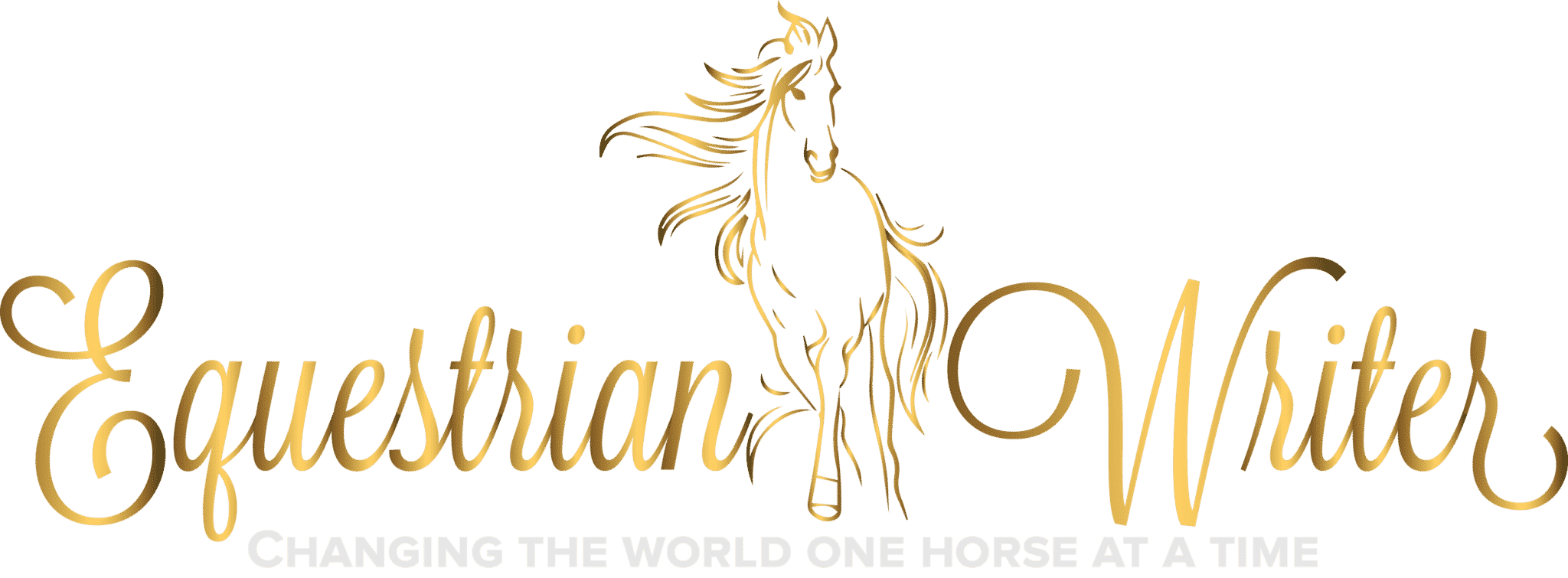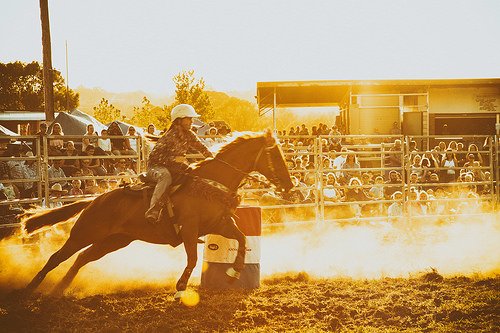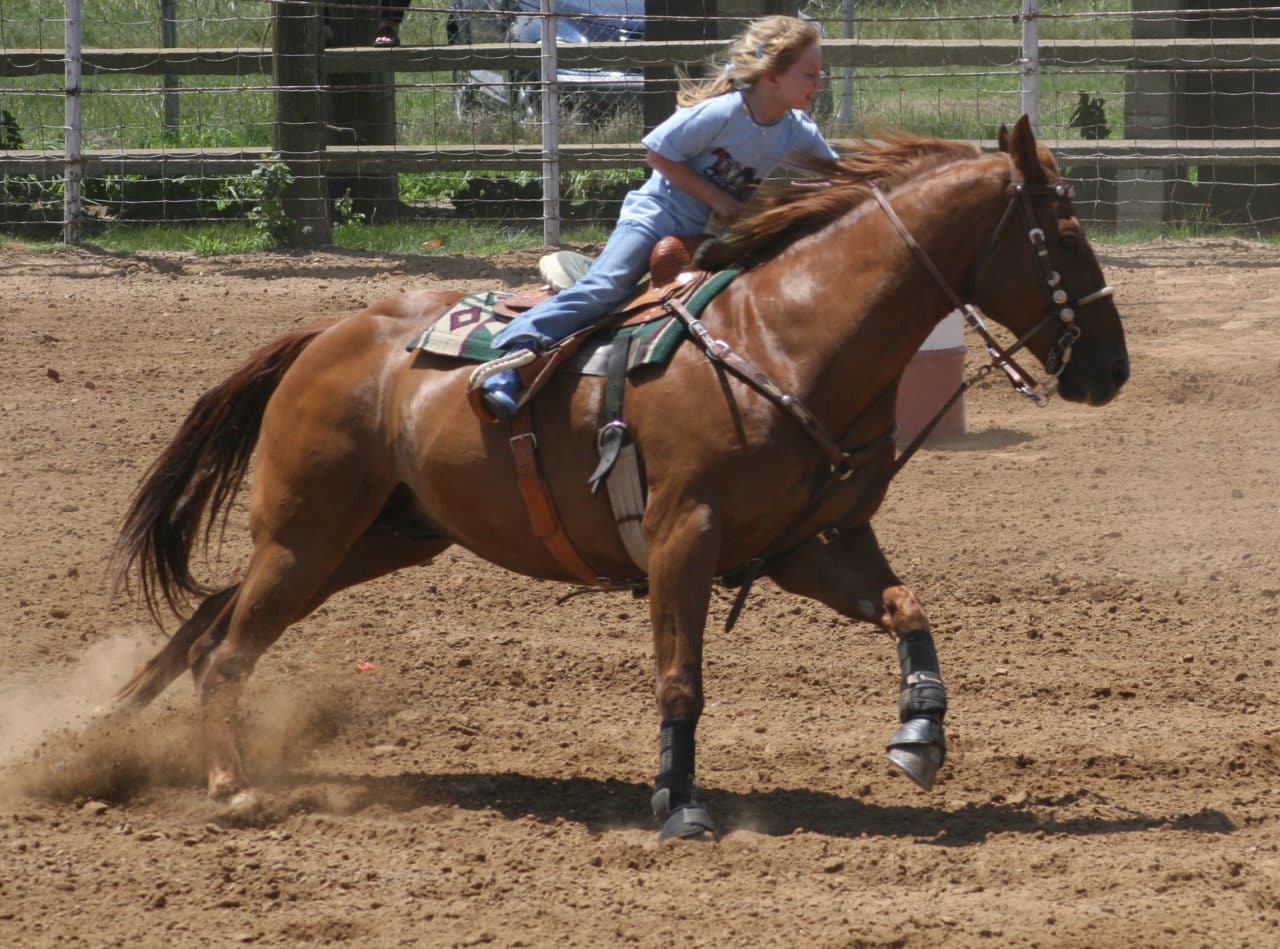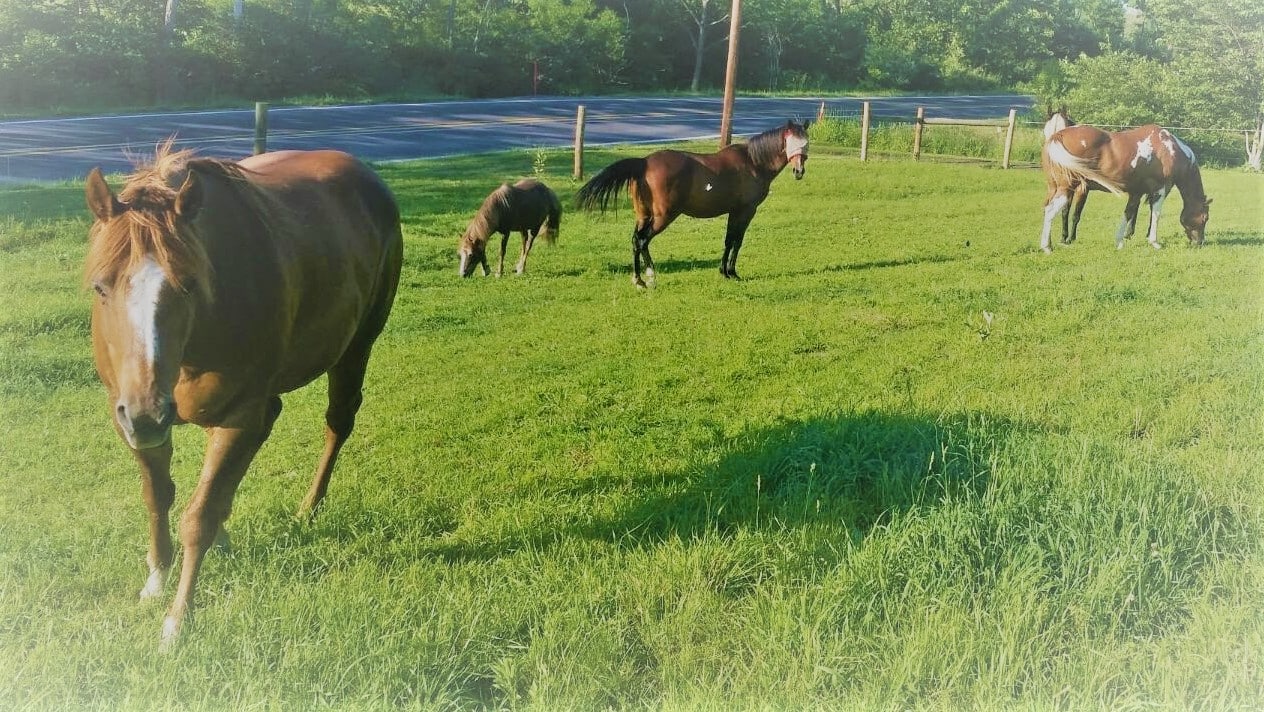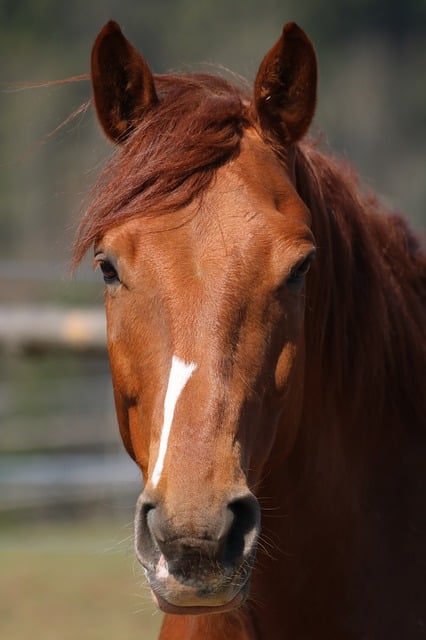

In horse training we talk a lot about horses’ need for consistency. However, their need for consistency is too often mistaken for a need for repetition. There is a fundamental difference between the two. Repetition is doing to same exercise(s) over and over in the hopes of perfecting every tiny detail with no thought for the boredom such a method entails. Consistency, on the other hand, does not necessarily require repetition. Consistency refers to the quality of the standards you said for your horse rather than the number of times you expect him to do something.
The Dangers of Repetition
Too many people fail to realize just how smart horses really are. Most humans need repetition to learn and we have come to project that need onto our horses. Most horses don’t learn through repetition. In fact, they do just the opposite. They learn through the release of pressure, which is to say, the release of repetition.
Horses are inherently lazy, self-serving creatures. This is part of their nature. Their natural instincts tell them to conserve energy whenever possible so when they encounter a predator, they will have enough energy left to outrun it. To this end, they spend their lives looking to conserve energy in any way possible. Therefore, they are looking for a way to get out of doing whatever it is that you are asking them to do. The release is their reward. As soon as they do exactly what you wan them to do, stop asking them to do it and either end the training session or move on to something else.
When to End a Training Session
You may have heard the saying; “always end a training session on a good note.” This is absolutely true. However, I would take that saying one step further and say; “end the training session on the first good note.”
First, let me clarify one thing. “Ending the training” is not always the same thing as “ending the ride.” If you end a training session on backing, you can start another training session on another subject such as pivoting. In this way, we are actually breaking each ride down into multiple mini “training sessions.” Now that we’ve got that sorted out, we can pick up where we left off.
Ending the training session on a good note does little good if that good note is the twelfth good note of the training session. You’ve already passed up eleven good notes that you have essentially told the horse were bad and probably soured him quite a bit along the way. The twelfth good note is never going to be as good as the first good note. That is a big reason why it is important to reward the horse the first time he does something right. The biggest reward you can give him is moving on to something else. You will be surprised how much more he retains if you quit the first time he gets it exactly right.
Achieving Consistency
Consistency is the key to any training program. You need to set the ground rules and expectations from the very beginning and stick to them. It is important to establish consistency in both reward and correction. If you don’t want your horse to rear, then you have to correct him every single time he even threatens to rear. You also need to be consistent about the level of correction.
For example, if you decide that when he threatens to rear you are going to send him forward into the long trot, you need to send him forward into the long trot every single time, not just when it is convenient or when you feel like it. If he keep trying to balk and rearing, send him forward into a lope doing circles and figure eights until he is too busy worrying about his feet to worry about rearing. But, consistency also goes the other way. As soon as he stops trying to rear, you can let him go back to a walk on a loose rein — or whatever you were doing before he tried to rear — like nothing happened. This way, you establish a clear, consistent system of:
rearing = work
cooperation = relaxation
Horses are creatures of habit. They are most comfortable when they know exactly what to expect. They like to know which actions result in which reactions. They do A, you do B. They do C, you do D. They understand clear rules and boundaries.
Consistent Temperament
This is where too many people get themselves in trouble. Horses understand — and appreciate — consistent temperament. Never lose your temper at your horse, especially if you are in a situation where you need to apply correction. It is better to walk away from a situation and apply no correction than to lose your temper and over correct.
We often forget that horses are prey animals and humans are predators. We are able to overcome these boundaries with training and conditioning, but a horse’s flighty nature makes it all too easy to undo that fragile trust. Remember that horse’s respond best to consistent rules and consequences. Losing your temper too often leads to throwing the rules out the window and forgetting all the guidelines you set in place for which infractions incur which corrections.
Consistent Standards
Horses also do best when they know what standards they will be held to. Remember, horses are lazy creatures at heart. If you ask them for 100% of their effort, you will probably only get 80 to 90% of what they are capable of. If you ask them for 80% of what they are capable of, you will only get 60 to 70% effort. And so on and so forth. Lower your standards does your horse no favors.Mixing your standards by asking for 50% effort one day and 100% the next will also only confuse him as he will never know what is expected of him. Asking him for 100% of what he is capable of giving each day is the only way you will ever get any real progress. He will learn to always show up to work, ready to go and expecting to be asked for 100% of what he is capable of giving.
It is rare to find a horse that is truly an over achiever. Personally, I have never actually seen or heard of one. I will not say 100% for sure that they do not exist, but I have my doubts. Every horse I know has their flaws and their little ways of trying to cheat the system. That doesn’t make them bad. That just makes them horses (and admit it, we love them all the more for it).
Cover Photo by kristen17
